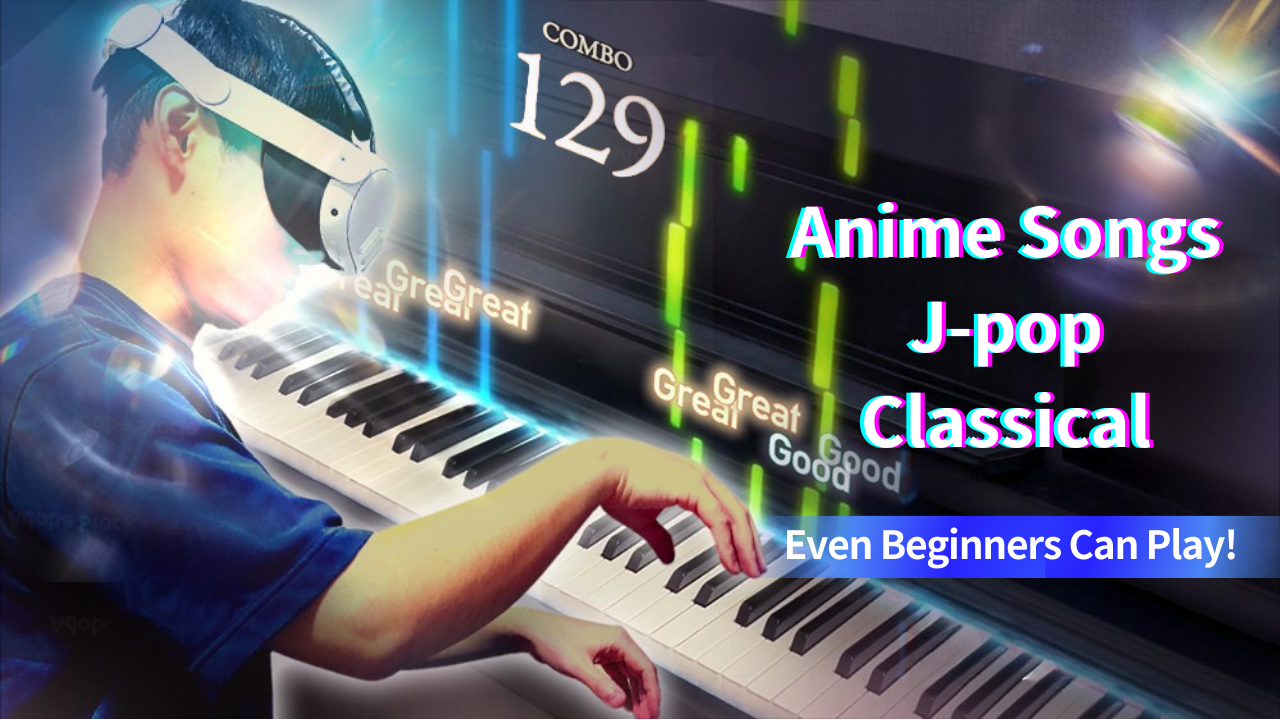“I used to take piano lessons, but life got busy, and before I knew it, I hadn’t played for over 10 years…”
Many people have this same experience and want to restart piano as adults.
This time, we’ll introduce recommended practice methods for restarting piano.
Common Struggles When Restarting Piano as an Adult

There are four main points where adult returnees tend to stumble.
First, let’s identify the problems, their causes, and solutions.
| Struggle | Cause | Tip |
|---|---|---|
| Fingers don’t move smoothly | Muscles and nerves have become less responsive | 50% tempo × 20 min/day super slow practice |
| Slow sight-reading | Weak visual memory of note symbols | Start with simple sheet music and gradually build up |
| No time | Club activities / study / work / household chores | Short sessions of 20 minutes |
For adult returnees, it’s often not that they “can’t play,” but that their fingers and brain have become rusty.
Don’t worry if you can’t play as well as you expected at first—gradually ease yourself back in.
Recommended Practice Methods for Adult Returnees
Play Songs You Used to Play

Pick songs you practiced as a child or performed at recitals, and try replaying them at about half the tempo.
Your body will gradually remember the piano movements, and within 1–2 weeks, the feeling should return.
Play Snippets of Your Favorite Songs
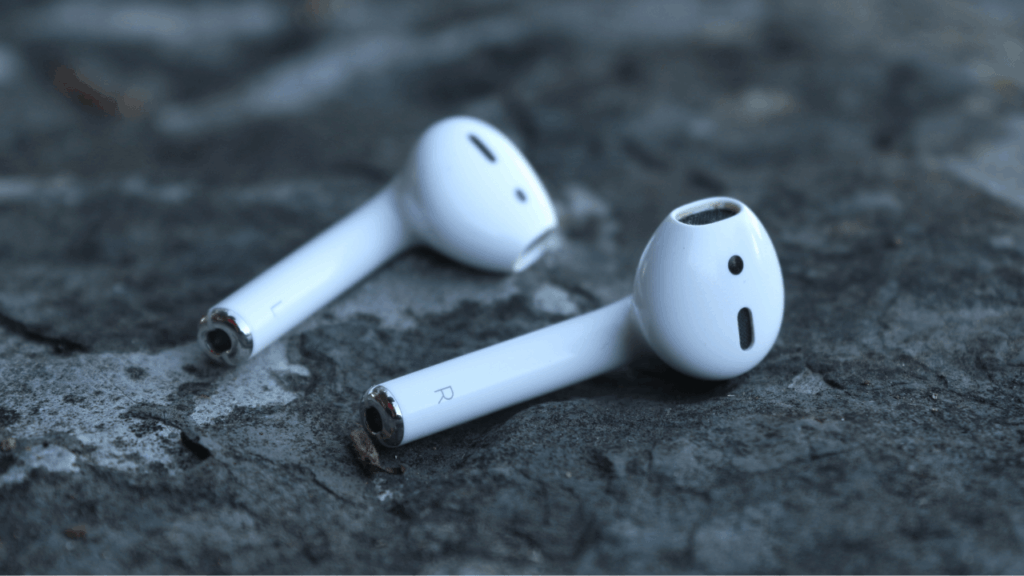
For adults, the motivation to continue piano is all about “enjoyment.”
Even just 15 seconds of the chorus of a classical masterpiece or a J-POP hit can help bring back your piano instincts if you play it every day.
Easy Pieces for Beginners (10 Recommended Songs)
| Title | Composer | Difficulty ★ | Sheet |
|---|---|---|---|
| Frog Chorus | German Folk Song | ★☆☆☆☆ | [PDF] |
| Jesu, Joy of Man’s Desiring | J.S. Bach | ★★☆☆☆ | [PDF] |
| Spring (from The Four Seasons) | A. Vivaldi | ★★☆☆☆ | [PDF] |
| Pomp and Circumstance (March No.1 Excerpt) | E. Elgar | ★★☆☆☆ | [PDF] |
| Orpheus in the Underworld Overture (Excerpt) | J. Offenbach | ★★☆☆☆ | [PDF] |
| Gavotte | F.J. Gossec | ★★☆☆☆ | [PDF] |
| Boléro (Main Theme) | M. Ravel | ★★☆☆☆ | [PDF] |
| Snail Variations | Japanese Children’s Song | ★☆☆☆☆ | [PDF] |
| Ode to Joy (from Symphony No.9) | L.v. Beethoven | ★★☆☆☆ | [PDF] |
| Canon | J. Pachelbel | ★★☆☆☆ | [PDF] |
Transcription & Arrangement: Aya (Piano Teacher)
We provide free PDF sheet music of 10 “Easy Classical” pieces, uniquely arranged for beginners.
These scores are easy to read and easy to play, perfect for filling the gap after a long break.
Free for personal use. Please do not remove credits inside the PDFs. For commercial or streaming use, contact us separately.
When You’re Comfortable, Add Hanon or Czerny
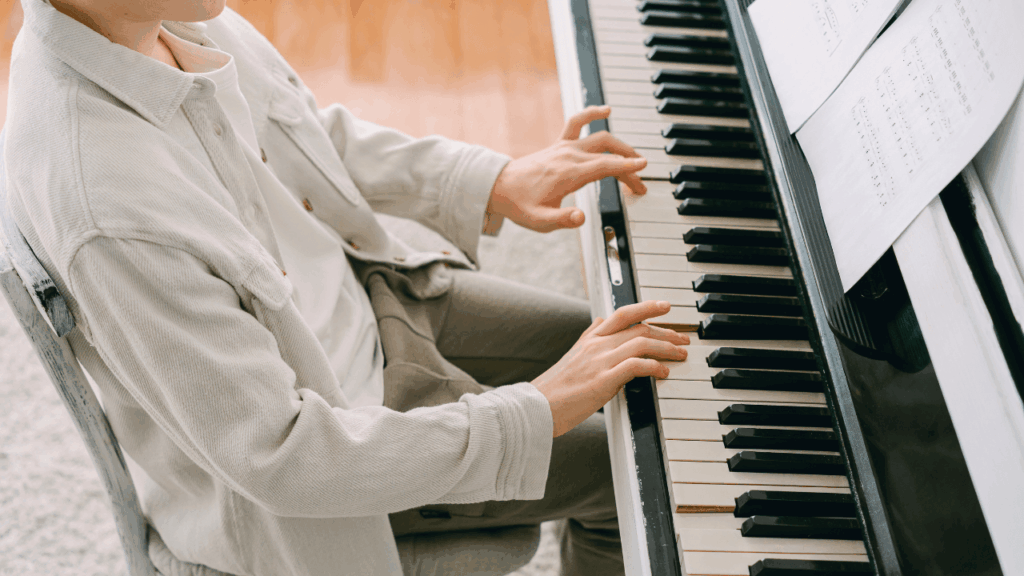
After 1–2 months of restarting, once you feel comfortable, try adding Hanon Exercise No.1 as a 5-minute warm-up.
Czerny is more difficult, so consider it if you are at an intermediate or advanced level.
Extra Tip: Use a VR Piano Game

With VR technology, you can simply follow falling notes on the keys and play without reading sheet music.
The developer of this game is also an adult returnee, who created it as a fun and efficient way to practice piano. If interested, check out the page below.
5 Practice Methods That Work for Adults
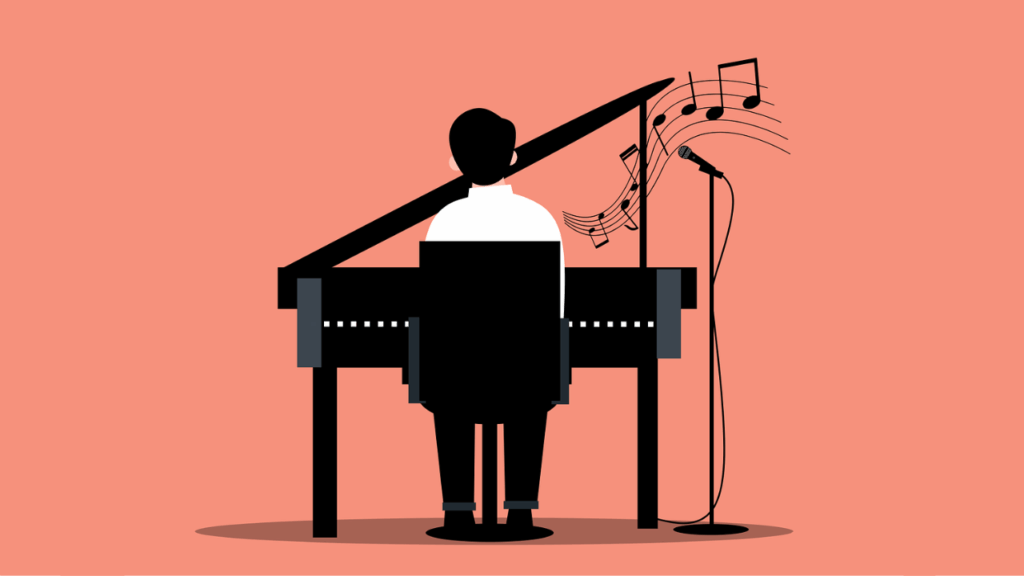
After reading the overview, check this list to put the ideas into practice.
Play at a Slow Tempo
By playing slowly, your fingers recognize the keys better, and mistakes decrease dramatically.
15-Minute Morning Routine
Fixing practice time to “right after waking up” makes it easier to turn into a habit.
Learn Songs You Like
Even just the chorus is fine. Playing your favorite songs keeps motivation high.
Record Yourself (Video & Audio)
Watching and listening to yourself objectively boosts your learning efficiency.
Weekly Online Coaching
Professional feedback helps you grow faster and more effectively.
Do’s & Don’ts (For Those With 10+ Years Away)
-1024x576.png)
Set clear “do’s,” avoid “don’ts,” and your practice efficiency will improve dramatically.
| ✔ Do | ✖ Don’t |
|---|---|
| Warm up with 10 familiar old songs | Jump straight into all Hanon exercises |
| Start at 50% tempo | Play full speed from day one |
| Practice in 20-minute sessions | Play for an hour non-stop |
| Stretch & relax | Hit keys with force and tension |
| Use online lessons and apps | Try too many materials and get lost |
| Practice at least 4 times a week | Play randomly once a week |
Frequently Asked Questions
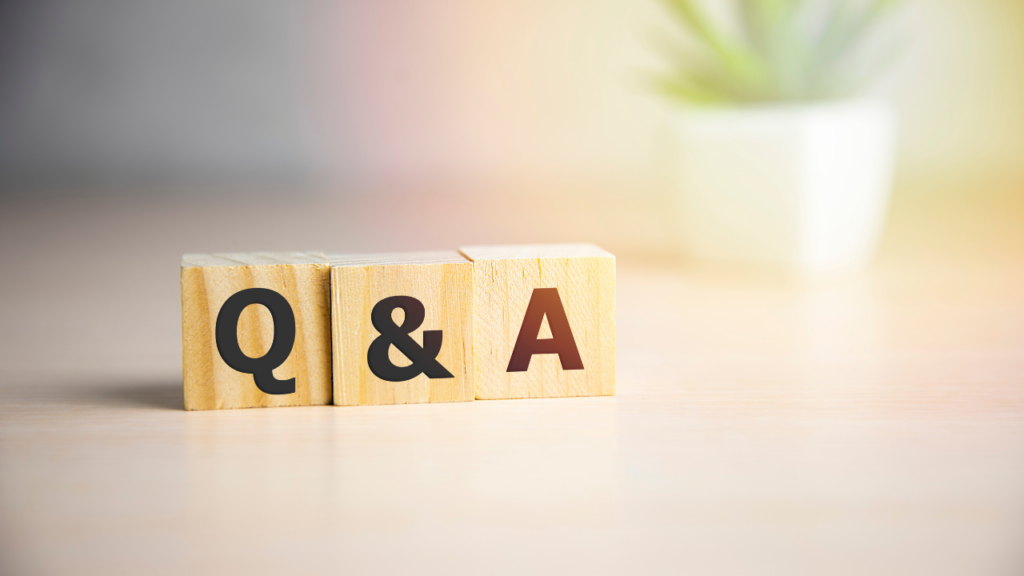
Q. Will my fingers recover even if I haven’t played for 10+ years?
A. Yes. Your body remembers. In about 2 months, your skills will come back. Slow practice and relaxation stretches are key.
Q. Is 61 keys enough?
A. Yes, but some pieces can’t be played fully. If possible, an 88-key piano is recommended.
Q. What’s the minimum practice frequency if I can’t play every day?
A. 4 times a week, 20 minutes each. Even short, focused practice leads to steady improvement.
Q. Which is better, classroom lessons or online?
A. Classroom offers direct guidance from a teacher, but for busy adults, online lessons with feedback are also effective.
Q. Do I need Hanon?
A. Hanon is useful, but starting immediately may cause frustration. Add it as a warm-up from the 2nd month onward for best results.
Conclusion
Even as an adult, you can enjoy restarting piano by focusing on “familiar old songs × slow practice × favorite tunes.”
It would be a waste to quit again, so start with pieces you’ve played before, songs you love, or easy pieces, and gradually regain your skills!
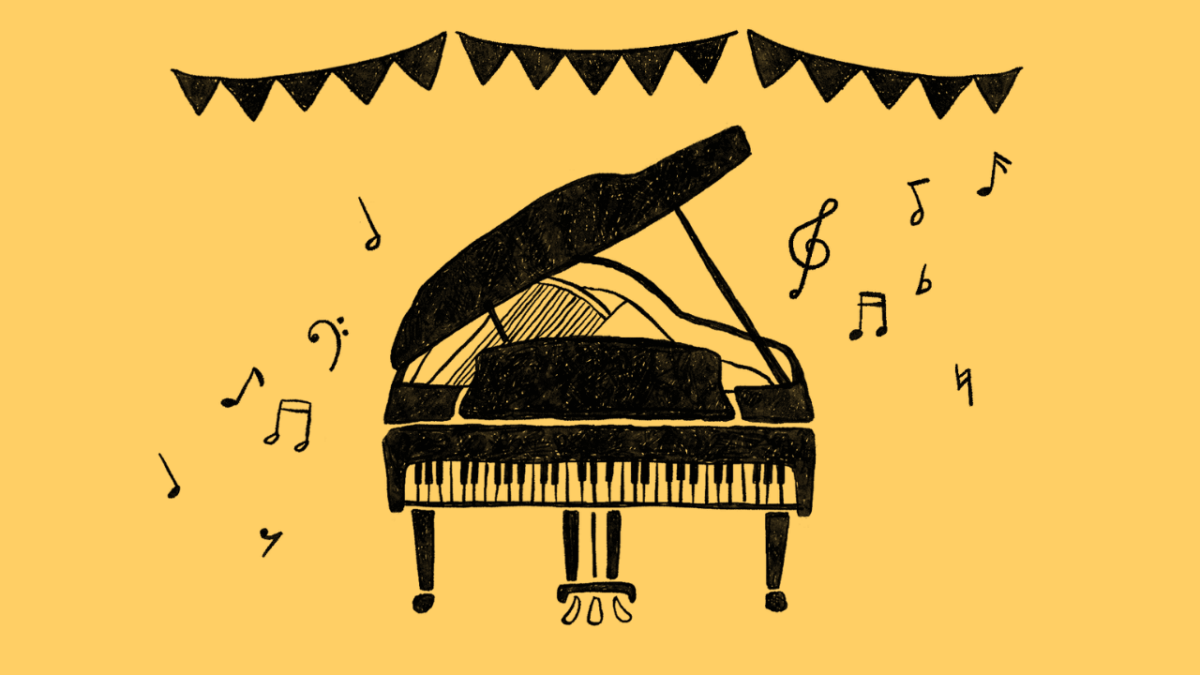
![10 Easy Classical Piano Songs for Beginners [Free PDF Sheet Music]](https://vrpiano.co.jp/wp-content/uploads/2025/06/ピアノ初心者向け-簡単クラシック楽譜10曲【無料PDF】-320x180.png)
